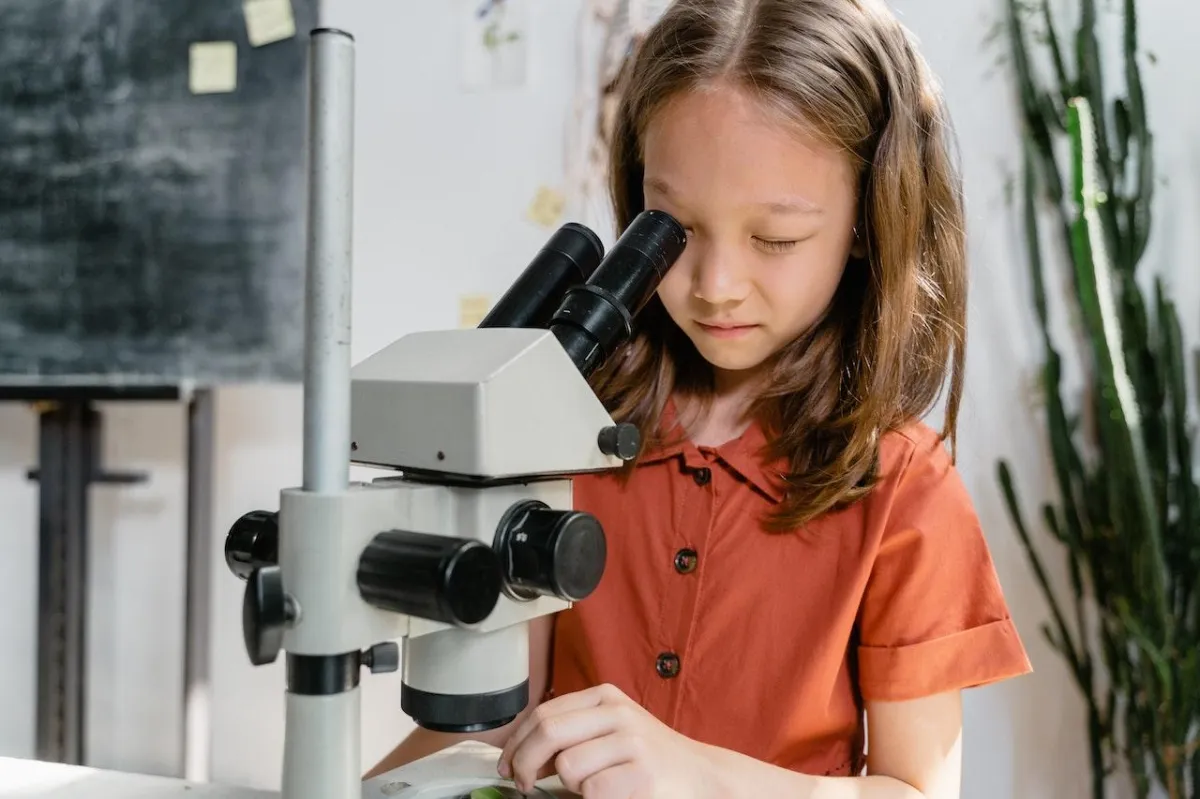
10 Exciting Fall STEM Activities to Spark Kids' Curiosity
Fall is the perfect season to introduce engaging STEM (science, technology, engineering, and math) activities that stimulate young minds. With the vibrant colors and cooler weather, autumn offers numerous opportunities for children to explore hands-on projects that enhance their learning and critical thinking skills. These 10 fall STEM activities will not only make learning fun but also encourage curiosity and creativity in young learners.
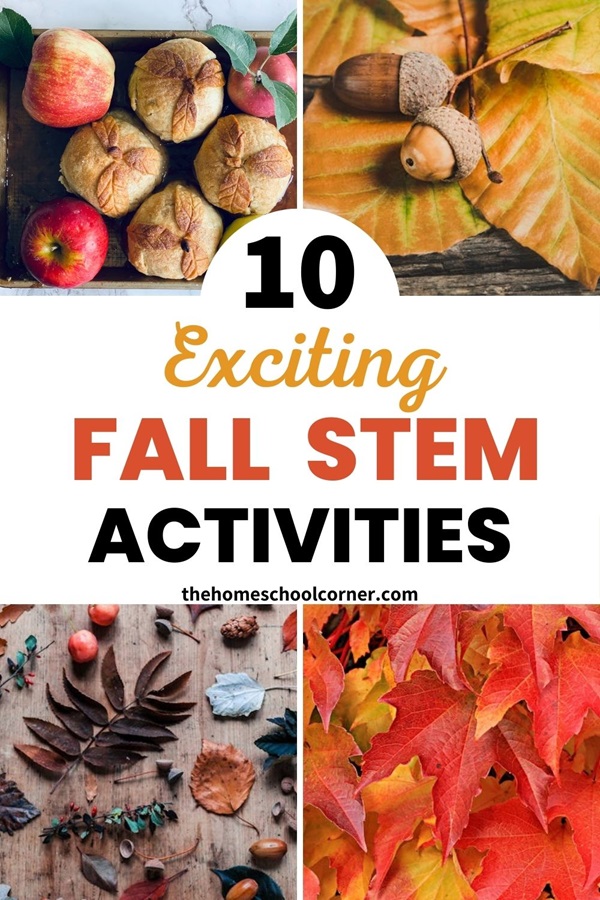
"This post contains affiliate links, which means I receive a small commission, at no extra cost to you, if you make a purchase using this link."
1. Pumpkin Catapults
Objective: Build a small catapult to launch mini pumpkins.
Materials: Popsicle sticks, rubber bands, spoons, and small pumpkins or marshmallows.
Learning Focus: Engineering principles, force, and motion.
In this activity, children design and build their own mini catapult using simple materials. They can experiment with launching small objects, such as mini pumpkins or marshmallows, and learn about force, motion, and angles.
By adjusting the design, they can explore how different variables affect the distance and trajectory of their launch, providing a hands-on introduction to basic engineering concepts.
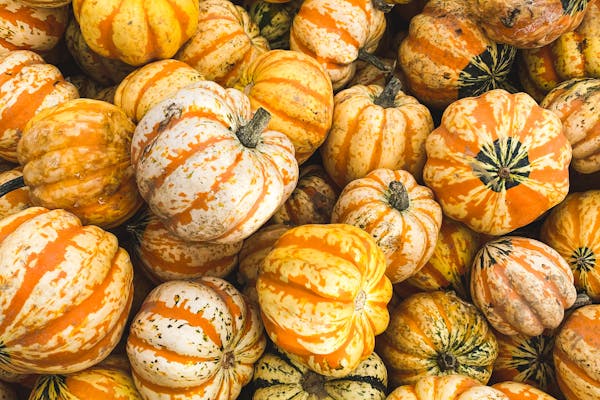
2. Leaf Chromatography
Objective: Explore the pigments in fall leaves through chromatography.
Materials: Coffee filters, jars, rubbing alcohol, and fall leaves.
Learning Focus: Plant biology, chemistry, and color separation.
Leaf chromatography offers a visually engaging way for kids to learn about the pigments in plants. By placing crushed leaves in rubbing alcohol and observing the colors that separate on a coffee filter, children can discover the hidden pigments responsible for the vibrant hues of autumn.
This experiment not only introduces concepts of chemistry but also teaches plant biology and the science behind the changing colors of leaves.
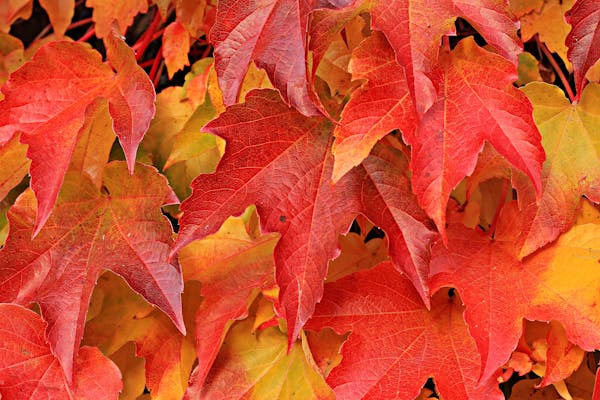
3. Apple Eruptions
Objective: Create mini volcanoes using apples.
Materials: Apples, baking soda, vinegar, food coloring.
Learning Focus: Chemical reactions, acid-base interactions.
This exciting activity turns apples into mini erupting volcanoes. By adding baking soda and vinegar to hollowed-out apples, kids can watch as the chemical reaction creates a fizzy eruption.
Adding food coloring enhances the visual effect, making it a fun way to introduce the science of acid-base reactions and chemical changes. It’s an experiment that combines the thrill of discovery with basic chemistry principles.
4. Corn Kernel Structures
Objective: Build structures using dried corn kernels and toothpicks.
Materials: Corn kernels, toothpicks, glue.
Learning Focus: Structural engineering, geometry, problem-solving.
Building structures with dried corn kernels and toothpicks is an excellent way to develop problem-solving and engineering skills. Children can explore the principles of geometry and stability by constructing towers, bridges, or other designs.
This hands-on activity helps kids understand the basics of structural engineering and the importance of balance and support in building projects.
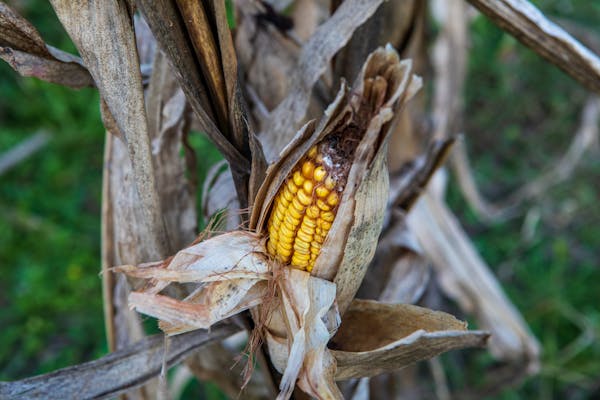
5. Pumpkin Seed Counting and Sorting
Objective: Count, sort, and group pumpkin seeds.
Materials: Pumpkin seeds, bowls, markers.
Learning Focus: Math skills, counting, sorting by size, shape, or color.
After carving pumpkins, use the seeds as a math tool to improve counting and sorting skills. Children can group seeds by size, shape, or color, providing a tactile way to practice categorization and early math concepts.
This activity is particularly beneficial for younger children, offering a simple but effective way to engage with numbers and basic math operations.
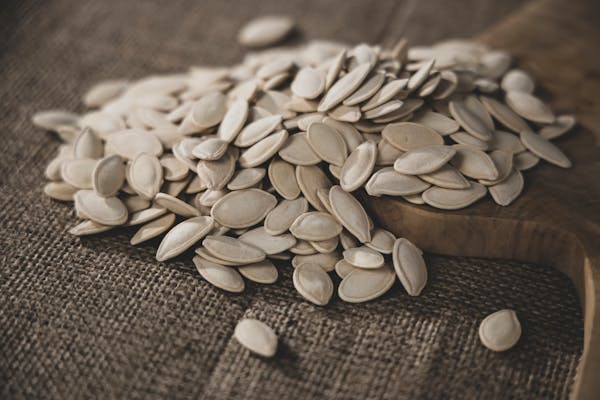
6. Nature Scavenger Hunt
Objective: Go on a fall nature walk and collect various natural items like acorns, leaves, and twigs.
Materials: Collection bags, magnifying glass, nature checklist.
Learning Focus: Ecology, observation, classification.
A nature scavenger hunt is a great way to connect children with their natural environment while learning key concepts in ecology. During the walk, kids collect items such as acorns, leaves, and pinecones, and use magnifying glasses to observe them up close.
This activity promotes observation skills, classification, and the understanding of the different ecosystems and plant life that thrive in autumn.
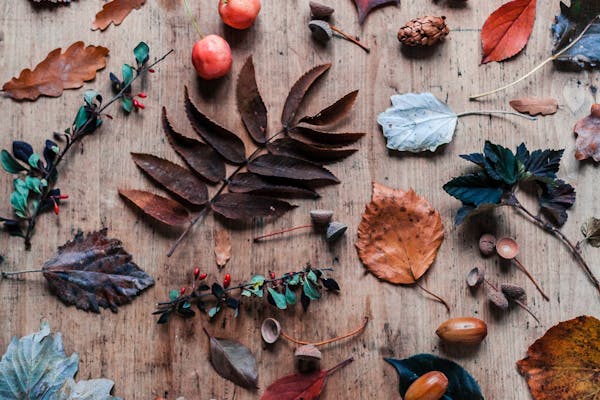
7. Acorn STEM Challenge
Objective: Build the tallest acorn tower.
Materials: Acorns, playdough, toothpicks, pin vice hand drill
Learning Focus: Engineering, balance, and construction.
This challenge encourages children to construct the tallest tower using acorns, clay, and toothpicks. It introduces fundamental engineering concepts, such as balance, stability, and structural design, while promoting creativity.
Kids can experiment with different building techniques to improve their towers, developing a deeper understanding of construction principles in the process.
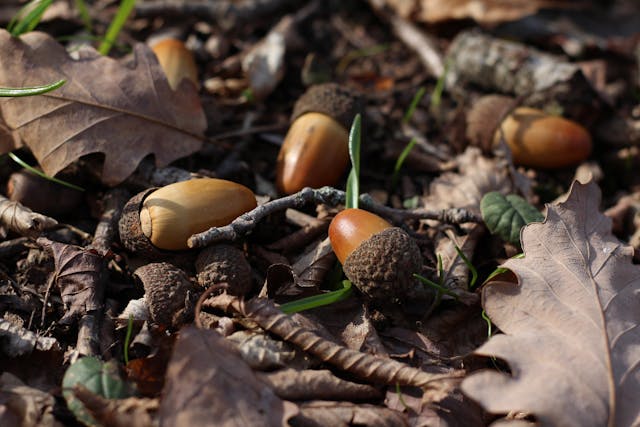
Step-by-Step Guide to Building an Acorn Tower
Prepare the Acorns
Collect acorns from outside, or use store-bought ones. Make sure they are clean and free from any dirt or bugs.
If needed, you can remove the caps from the acorns, but leaving them on adds extra design options for your tower.
Drill holes into the acorns using a pin vice hand drill.
Form the Base with Clay
Take a small piece of clay and roll it into a ball, about 1-2 inches in diameter. Flatten this ball slightly on a flat surface to form a sturdy base for the tower.
Press a few acorns into the clay so they stand upright. This will create a solid foundation for the tower.
Insert Toothpicks for the First Layer
Gently push one end of a toothpick into each acorn in the base layer. These will serve as the connectors between the layers of the tower.
Make sure the toothpicks are evenly spaced and upright, as this will help keep the tower balanced and sturdy.
Add Acorns to the Second Layer
Carefully place acorns on top of the toothpicks from the first layer. The acorns should fit snugly onto the toothpicks to ensure stability.
Press the acorns down gently so that they are secure. For added strength, you can use small pieces of clay to connect the toothpicks to the acorns.
Build Upward in Layers
Repeat the process of inserting toothpicks and adding acorns for each new layer. As you build, experiment with different heights and positions to create a tower that is both tall and stable.
Use clay strategically to hold acorns and toothpicks in place as needed, especially if the structure becomes wobbly.
Experiment with Shapes and Stability
As the tower grows taller, it may become more difficult to balance. Encourage creativity in experimenting with different shapes, such as triangular or pyramid-like structures, to make the tower more stable.
Test different arrangements of toothpicks and acorns to see which designs hold the best without collapsing.
Finishing Touches
Once you’re satisfied with the height and structure of your acorn tower, add some decorative touches. You can use extra clay to reinforce joints or make decorative elements around the base.
To challenge yourself further, see how tall you can make the tower before it topples, or experiment with wider bases to create more complex designs.
Discussion and Learning Points:
Engineering Concepts: The challenge introduces children to basic engineering principles like weight distribution, balance, and structural integrity.
Problem-Solving Skills: Participants learn how to troubleshoot and improve their designs when the tower becomes unstable or falls.
Critical Thinking: They must think strategically about how to design a stable base, what shape the structure should take, and how to connect materials efficiently.
Fine Motor Skills: Building with acorns and toothpicks helps develop hand-eye coordination and fine motor skills.
Extension Ideas:
Add Weight: Place small weights (like coins) on top of the tower and see how many coins the tower can hold before collapsing.
Time Limit: Set a time limit (e.g., 15-20 minutes) to increase the building challenge.
Theme Variation: Introduce a theme like building a "forest lookout tower" or "squirrel's home" to make it more imaginative.
This Acorn STEM Challenge is an enjoyable way to introduce kids to engineering, creativity, and critical thinking while making the most of natural materials like acorns.
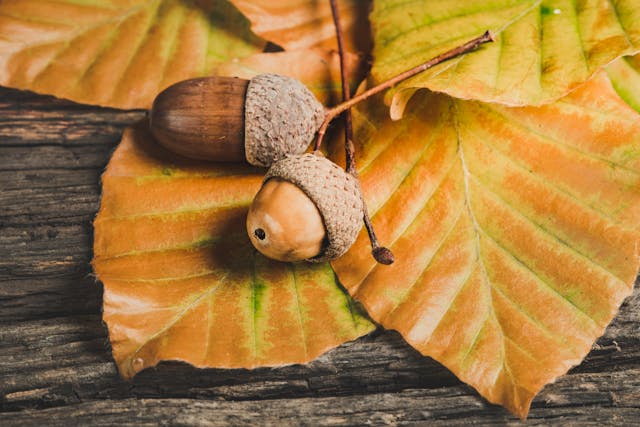
8. Leaf Rubbing and Classification
Objective: Identify and classify leaves by their shape and characteristics.
Materials: Paper, crayons, different types of leaves.
Learning Focus: Botany, classification, textures.
Leaf rubbing is an artful way to engage with botany. Kids collect various types of leaves and use crayons to create rubbings that highlight the texture and structure of each leaf.
They can then classify the leaves based on their shape, size, and other characteristics, learning about plant identification and the diversity of tree species.
9. Pumpkin Weight Estimation and Measuring
Objective: Estimate the weight of pumpkins, then measure to see how close the guesses were.
Materials: Pumpkins, scales, paper for recording guesses.
Learning Focus: Estimation, measurement, and math.
Estimating the weight of pumpkins is a fun and educational math activity. Children can guess the weight of various pumpkins, record their guesses, and then weigh them on a scale to see how close they were.
This activity sharpens skills in estimation, comparison, and accurate measurement, while also adding a competitive element to learning.
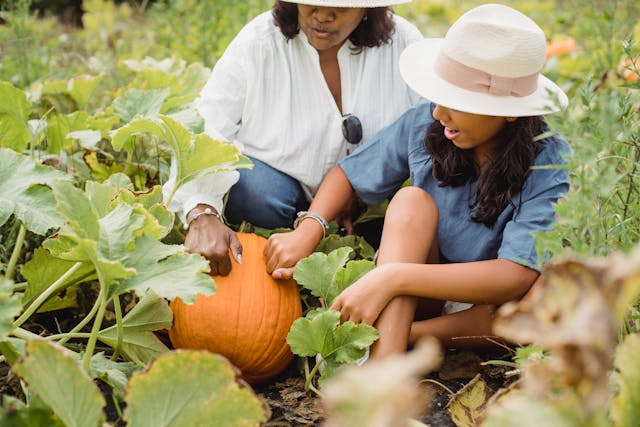
10. Apple Oxidation Experiment
Objective: Explore why apples turn brown and how different substances can slow oxidation.
Materials: Apples, lemon juice, salt water, vinegar.
Learning Focus: Chemical reactions, oxidation, and preservation methods.
In this experiment, children cut apples and observe how quickly they turn brown when exposed to air. By applying different substances such as lemon juice, salt water, or vinegar, they can learn about oxidation and how certain chemicals slow the process.
This is an engaging way to introduce the concept of oxidation and preservation, and it teaches the practical applications of chemistry in everyday life.
Conclusion
These 10 fall STEM activities offer a dynamic blend of education and seasonal fun, providing children with meaningful opportunities to explore scientific principles while enjoying the beauty of autumn. Each activity is designed to inspire curiosity, encouraging kids to ask questions, experiment, and think critically about the world around them. By using simple, everyday materials, these projects make complex STEM concepts accessible, fostering a deeper understanding of engineering, chemistry, biology, and math in a hands-on way.
Go here to read our post 15 Fun Fall Activities for Kids to Enjoy the Season!

